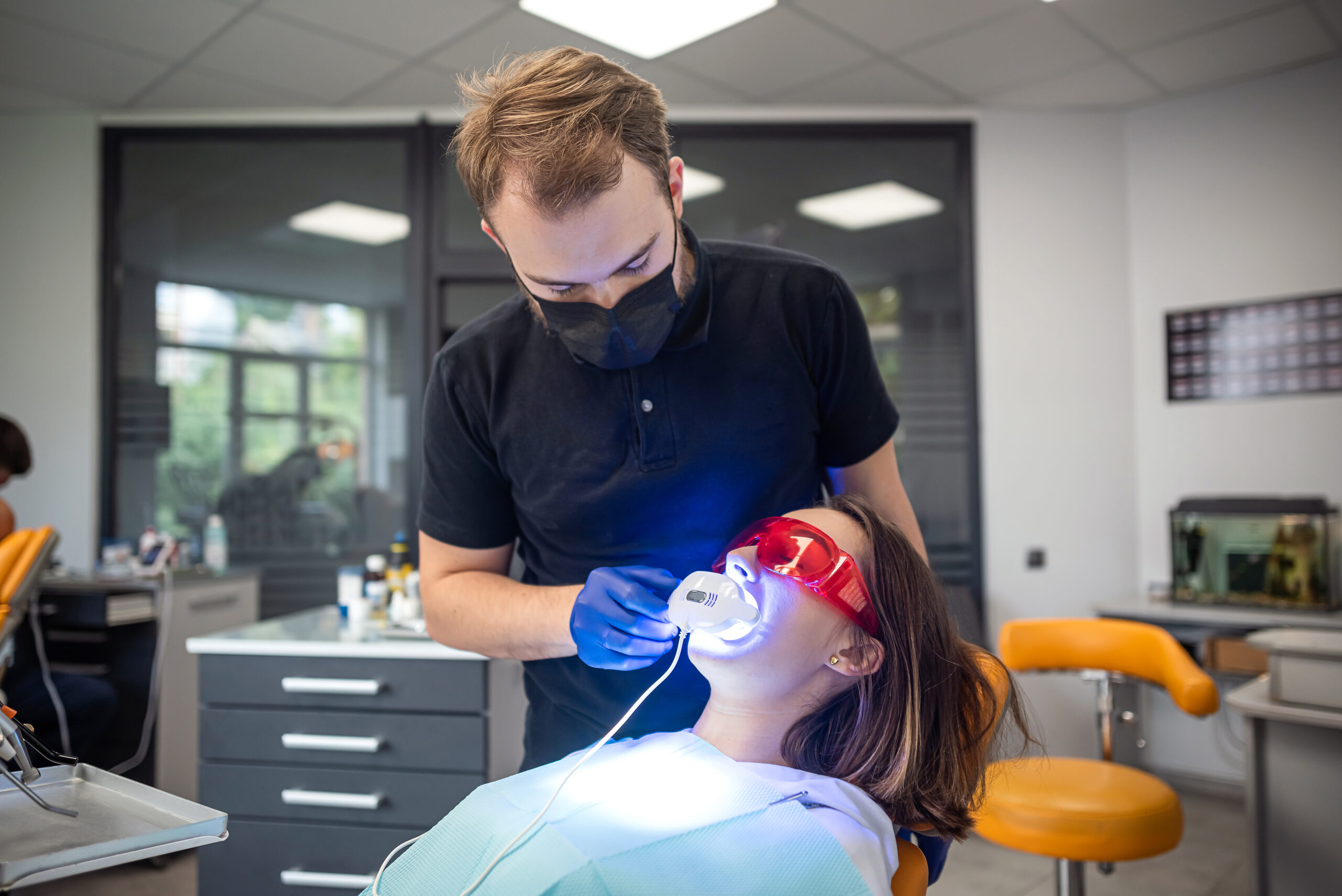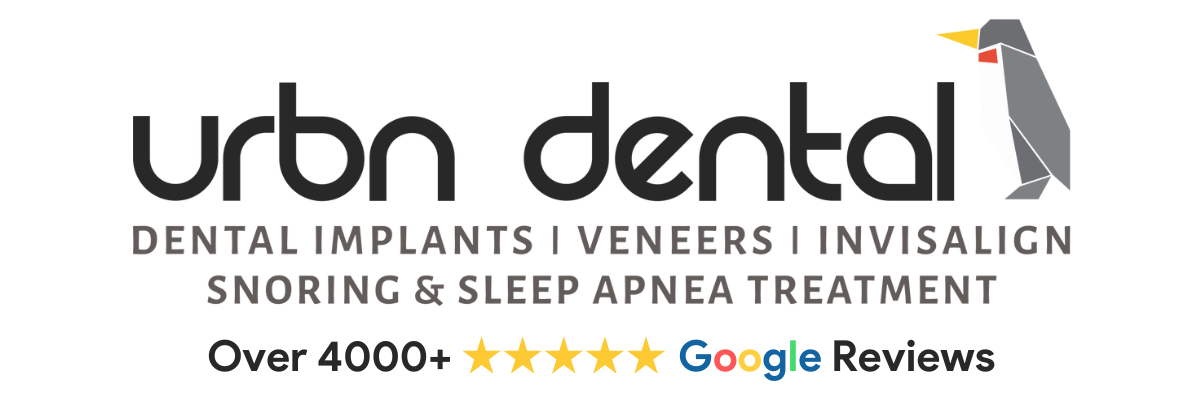
When it comes to keeping your smile healthy and confident, finding a trusted river oaks dentist can make all the difference. Regular dental cleanings and restorative treatments like crowns aren’t just about appearance. They’re about preserving the strength of your teeth, preventing bigger issues later, and giving you a smile that feels good every day.
This guide walks you through what to expect from professional teeth cleanings, how crowns are used, and why seeing a local River Oaks dentist is a smart choice.
Why Regular Cleanings Matter
Plaque and tartar don’t stop building up just because you brush and floss. Even with great at-home care, certain spots in your mouth are hard to reach. That’s where professional cleanings come in.
A dental hygienist uses special tools to carefully remove buildup around the gumline and between teeth. This process helps reduce the risk of gum irritation and keeps your enamel smooth. Many patients also find that a professional cleaning makes their teeth feel fresher and look brighter.
Most dentists recommend cleanings twice a year, though some people may need them more often depending on their oral health. If it’s been a while since your last cleaning, scheduling with a local provider is a simple step that can help protect your smile.
The Benefits of Having a Local Dentist
Living in River Oaks, you don’t have to travel far for quality care. A nearby provider means easier scheduling, quicker visits, and a stronger relationship with your dentist. Having someone familiar with your history and preferences makes it easier to stay consistent with checkups and address issues early.
If you’ve ever searched for a Dentist Near Me, you’ve probably seen dozens of options pop up. The key is finding a practice that balances expertise with comfort. Many people look for a team that explains treatment clearly, takes time to answer questions, and offers both preventive and cosmetic options under one roof.
What to Expect From a Professional Cleaning
A cleaning is usually one of the most straightforward dental visits you can have. It typically includes:
-
Scaling – removing plaque and tartar from the teeth.
-
Polishing – smoothing and shining the enamel so it feels clean and looks brighter.
-
Fluoride or protective treatments – in some cases, dentists may apply a fluoride rinse or sealant to support enamel strength.
-
Checkup – your dentist may take a quick look at your teeth and gums to catch small problems before they grow.
Many patients appreciate how refreshing their mouth feels after a cleaning. It can also be a good confidence boost, especially if you’re preparing for a big event or photos.
If you’ve been searching for teeth cleaning near me, chances are you want both convenience and thorough care. That’s exactly what professional cleanings are designed to provide.
When Dental Crowns Are Recommended
Crowns are one of the most common restorative treatments. They’re essentially custom-made “caps” that cover a tooth, protecting it and restoring its natural shape. Dentists often recommend crowns in situations like these:
-
A tooth has a large filling or fracture
-
A root canal leaves the tooth weaker
-
A dental implant needs a natural-looking top
-
A tooth is discolored or misshapen and affects your smile
Crowns are usually made from porcelain or ceramic that blends with the rest of your teeth. Many patients like that crowns are both functional and cosmetic—they strengthen teeth while improving appearance.
Tooth Crown Before and After: What Patients Notice
One of the most encouraging parts of getting a crown is seeing the transformation afterward. With tooth crown before and after photos, you can usually see how a damaged or worn-down tooth regains a natural, healthy look.
While results vary from person to person, many patients notice:
-
A more even bite and smoother chewing
-
An improved appearance in their smile line
-
Relief from sensitivity where enamel was worn down
-
Greater confidence in daily interactions
Crowns are built to be durable and, with regular care, can last for many years. Your dentist will also guide you on how to maintain them—things like regular checkups, avoiding overly hard foods, and daily brushing and flossing.
How Cleanings and Crowns Work Together
It might seem like cleanings and crowns are totally separate treatments, but they’re connected in important ways. Cleanings are preventive—they help reduce the risk of cavities and gum problems. Crowns are restorative—they step in when a tooth needs more support.
By keeping up with regular cleanings, you may reduce the need for crowns in the first place. And if you already have crowns, professional cleanings help maintain them by keeping the surrounding teeth and gums healthy.
Why Choose a River Oaks Dentist
Choosing a River Oaks dentist means choosing someone close to home who understands the community and makes dental care feel accessible. Many people find that proximity helps them stick to appointments, especially for routine visits like cleanings. It also means you’re not rushing across town when you need urgent care or a same-day checkup.
Having a trusted local dentist also provides peace of mind. Whether you’re going in for a quick polish or a more involved crown fitting, knowing you have a reliable team nearby can make every visit easier.
Tips for Preparing for Your Appointment
If you’re scheduling a cleaning or crown consultation, here are a few simple tips:
-
Write down any questions you have ahead of time
-
Let your dentist know about sensitivity, grinding, or jaw discomfort
-
Share your dental history, including past procedures or restorations
-
Keep up with daily brushing and flossing so your appointment is smoother
Many patients find that being open with their dentist helps create a more comfortable experience.
FAQs About Cleanings and Crowns
1. How often should I get a cleaning?
Most people benefit from two cleanings a year. Your dentist may recommend more frequent visits if you have certain concerns.
2. Do crowns look natural?
Yes, porcelain and ceramic crowns are designed to blend with your natural teeth. Many people find them almost indistinguishable.
3. How long does a crown last?
Crowns can last for many years with proper care. Regular checkups and good oral hygiene help extend their lifespan.
4. Are cleanings uncomfortable?
Cleanings may cause slight sensitivity for some, but most patients find them easy and quick. Let your hygienist know if you have concerns.
5. Is a crown always necessary for a damaged tooth?
Not always. Some teeth can be restored with fillings or bonding instead. Your dentist will explain the best option for your situation.
